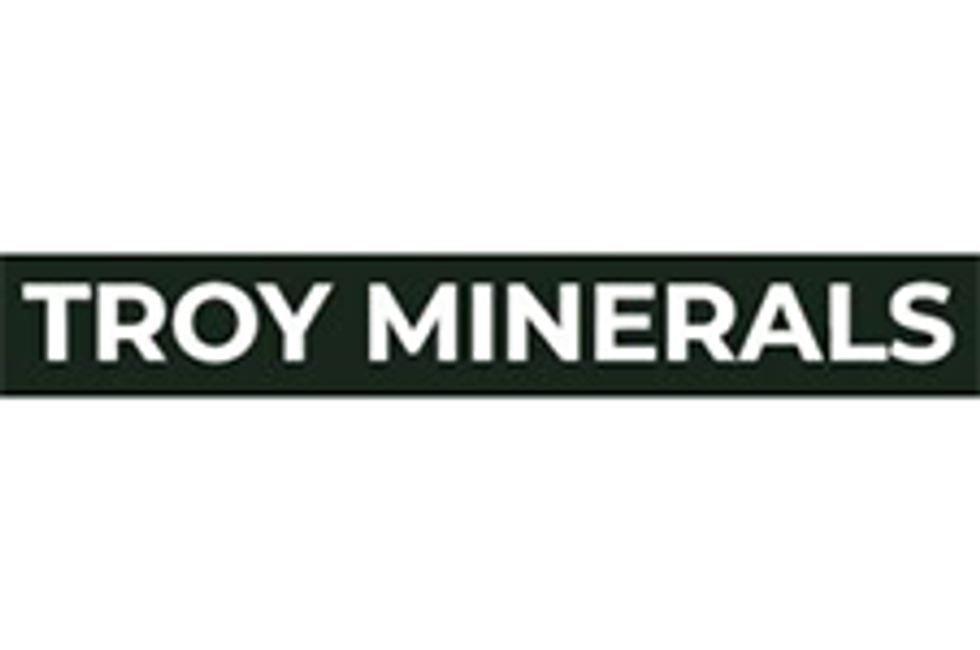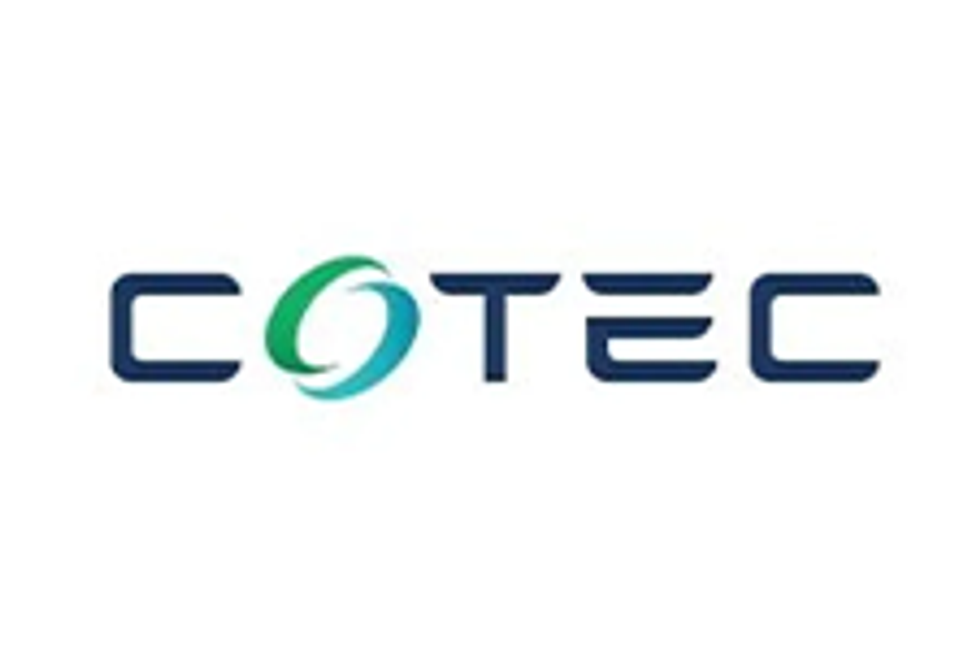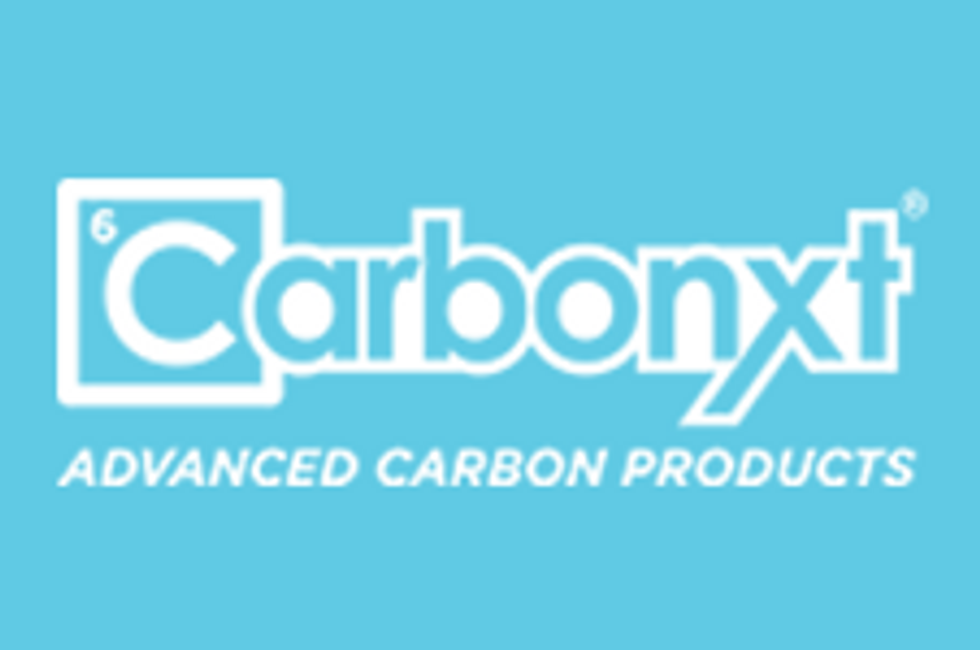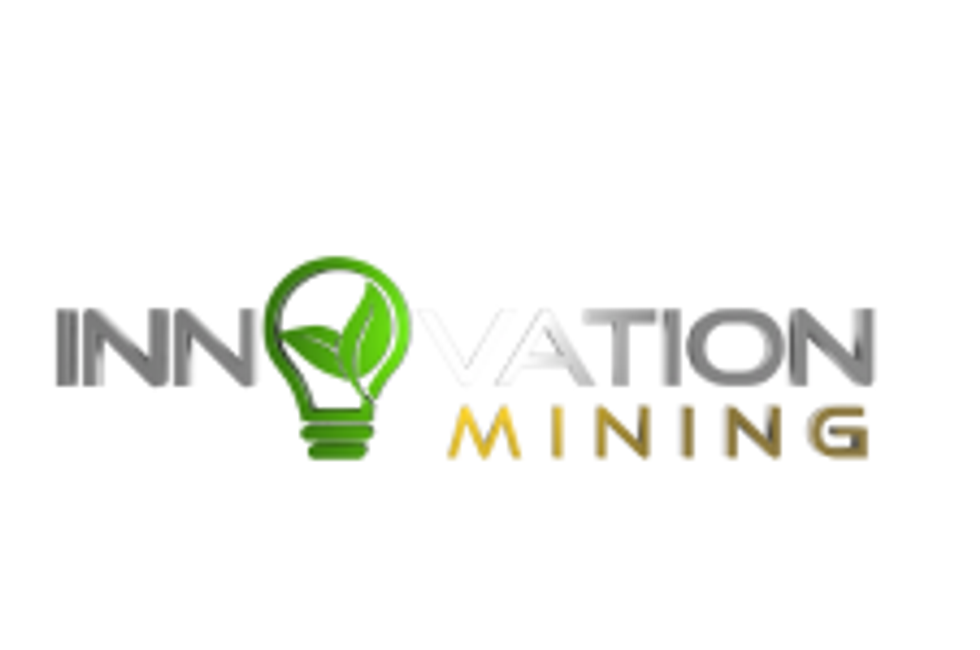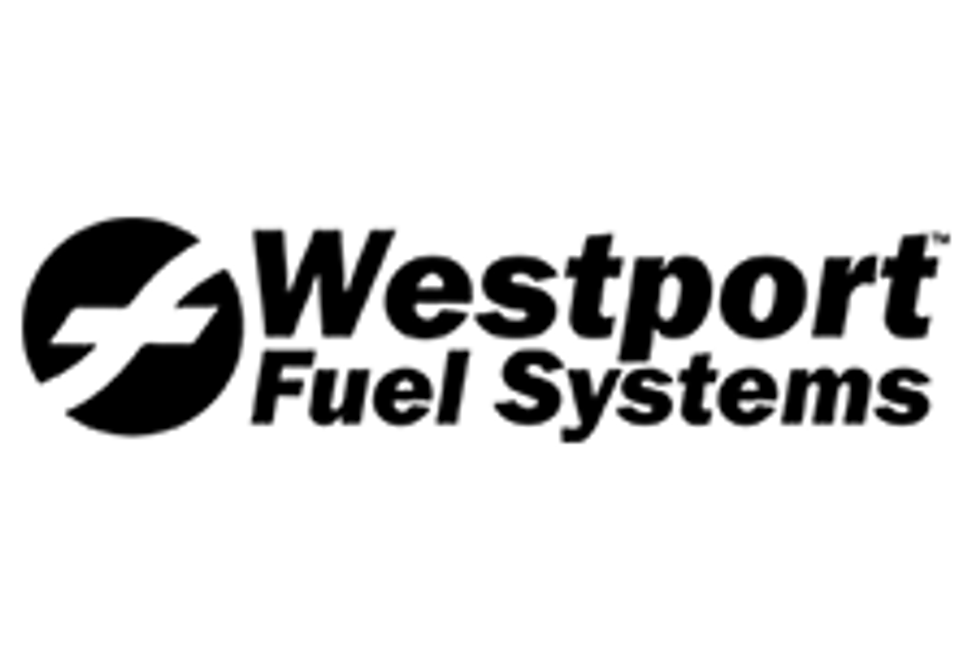Jessica Reynolds of the Solar Action Alliance: Solar Energy Options for Cleantech Investors

The Investing News Network is speaking with thought leaders in the solar energy sector to get the latest market insight for cleantech investors. This interview with Jessica Reynolds of the Solar Action Alliance is the third in a three-part series.
Many investors see a sunny future in solar energy, whose adoption is rising rapidly. For this reason, the Investing News Network has been reaching out to solar energy experts, most recently turning to Jessica Reynolds of the Solar Action Alliance.
In the interview below, she touches on why people are switching to solar energy, how government policy is supporting the industry and which companies to watch in this developing space. Without further ado, here’s what she had to say.
The benefits of solar energy
According to Reynolds, there is no shortage of energy to power the entire planet. Citing the US Department of Energy’s (DOE) finding that “the amount of solar energy falling on the United States in one hour of noontime summer sun is about equal to the annual U.S. electricity demand,” she explained that “given the number of significant benefits, investment by the government, recent decreases in cost and the lack of disadvantages, it’s hard not to see solar energy as the dominant energy source in the future.”
The main reasons that people are increasingly moving to solar power “are money, energy efficiency and ecological. There is no doubt that, month-over-month, users of solar energy save money on power bills. In addition to being cheaper, solar power is more efficient than [other power sources], both in terms of technology and usage.”
Market challenges for cleantech investors
However, the market does face some challenges. While the sector is experiencing significant growth, a number of factors are slowing it down. The first, said Reynolds, “is that new things are scary for many of us. That is why educating people on solar energy is important.”
The second factor delaying or slowing growth is “the initial cost of installation. There are still a couple of technological advances that will further promote solar, especially in relation to the storage of power … progress in the short and medium term should, sources agree, increase markedly.”
“The bottom line for solar energy seems to be that costs are too high and efficiency is comparatively low,” added Reynolds. “It is thought that only 15 percent of the sun that strikes the panel is actually converted to electricity. This needs to be changed so that costs come down and efficiency goes up.”
So what are the technological advances that need to occur for solar energy to catch on in the mainstream? Reynolds pinpointed “the improvement and refinement of the photovoltaic cells or solar cells. These essentially are the units that convert sunlight into electricity. Research is needed to determine which of the various cell types currently available is best in terms of efficiency. Cells are also needed that are efficient even when not pointed directly at the sun.”
Government support for clean energy initiatives
Luckily, this industry has the support of government initiatives to help make these technological advances a reality, at least in the US. Reynolds explained that “the US government has launched a number of initiatives, through various channels and organizations, to actively promote solar power and incentivize its use. To ease the costs of installation tax benefits, incentives and other financial schemes have been implemented. Several states have introduced a further incentive by allowing one to feed excess power into the grid and receive a credit for it.”
The DOE is deeply involved in this sector, and has lodged numerous solar technology patents. It “heads up a network that consists of various researchers, laboratories, businesses, manufacturers and developers all working to make solar power more competitive financially and more technologically refined in terms of storage capacity. There are also other bodies that market this form of energy in order to increase installations.”
Top companies to watch in this sector
As with every sector, “there are numerous companies vying for the top spots in … the industry.” However, Reynolds picked out a handful of top companies that she sees as industry leaders. California-based SolarCity (NASDAQ:SCTY) is one of her top picks. The company, she said, benefits from having its own manufacturing division and operates in 14 states.
SunPower (NASDAQ:SPWR) is another heavy hitter when it comes to manufacturing and installing panels. It has a strong presence across the US, from Hawaii to California to Texas and New York. SunRun (NASDAQ:RUN) is a smaller company also making a big splash. The company is an installation and leasing specialist that is also working very successfully across the country. Meanwhile, Verengo Solar and Sungevity are two notable private companies within this space.
Keen cleantech investors may want to have a look at these companies before jumping into the cleantech space. With innovative technologies and strong value propositions, they’re making headway towards making solar energy a mainstream source of power across the US.
Don’t forget to follow us @INN_Technology for real-time news updates.
Securities Disclosure: I, Morag McGreevey, hold no direct investment interest in any company mentioned in this article.
Editorial Disclosure: The Investing News Network does not guarantee the accuracy or thoroughness of the information reported in the interviews it conducts. The opinions expressed in these interviews do not reflect the opinions of the Investing News Network and do not constitute investment advice. All readers are encouraged to perform their own due diligence.
